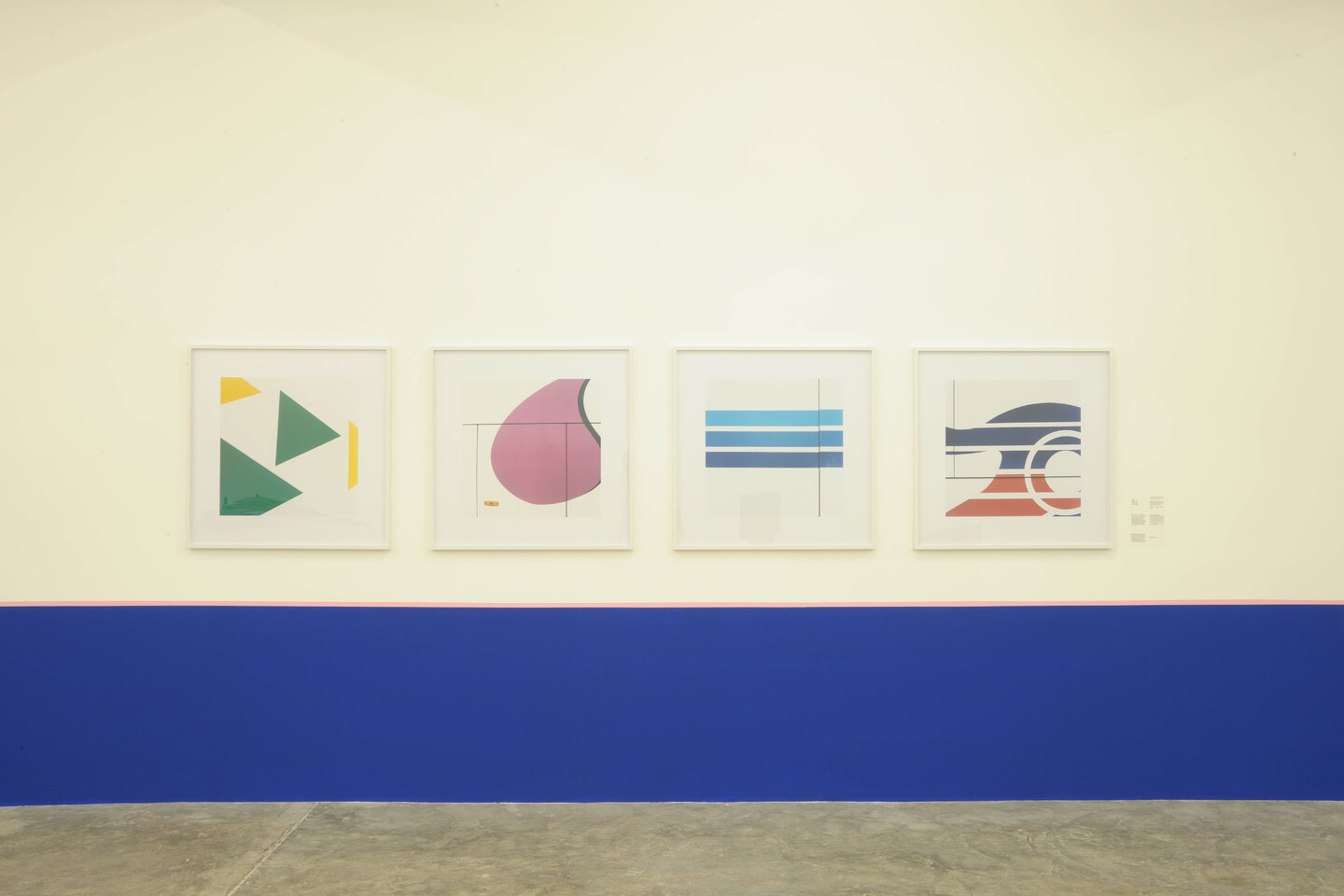Born in Paris in 1971, Moroccan-French artist Yto Barrada’s work in documentary photography, sculpture, installations, and video has been exhibited by institutions including MoMA, the Jeu de Paume, and the Venice Biennale.
Barrada's STRAIT PROJECT began in 1998 as a series of photographs and other artwork made in and around her hometown of Tangier, Morocco, situated just 13 km from Europe across the Strait of Gibraltar, at the northern tip of Africa and the western borne of the Muslim and Arab worlds. Barrada's Tangier evoked both a Beckettian stasis and the anxious movements of globalization; the destination and jumping-off place of a society's desperate hopes to cross to Europe.
Since then, Barrada's formerly sleepy hometown has changed beneath her feet. All across the city developers are transforming pastures, marketplaces, forests, beaches, and historic buildings into commercial properties. The government is the primary patron of this push to recreate Spain's Costa del Sol, a dense sprawl of sunshine tourism and service economies.
Her work over the past two years, including the IRIS TINGITANA (Morocco Iris) series, has looked at the botany of power: the marketing of Morocco; the homogeneization of the country's urban and botanical landscape; the paradoxes of the "third landscape" at the border between city and nature; and assessed the status of the palm tree, that icon of exoticism and self-folklorization.
The exhibit PLAY, shown for the first time at Sfeir-Semler Gallery, Beirut, extends this inquiry. The layout of Moroccan cities - from colonial Maréchal Lyautey’s French Modern ideals to the ambition of today’s planners is examined in a series including 16mm films, fanzines, historical material and toys.
A large illuminated metal sculpture of a cartoonized palm tree is shown along with hand-painted wooden sculptures of endangered flowers. The film BEAU GESTE documents an "action" in a vacant lot, inspired by the Diggers movement. The film installation PLAYGROUND documents the entropy of a children's area falling into ruin but still in use. GRAN ROYAL TURISMO is an automated car model which enacts the transformation of a drab miniature city in advance of an "official visit."
Barrada is the director and co-founder of the Cinémathèque de Tanger, North Africa's first art house cinema. She is also a member of the Arab Image Foundation, Beirut.

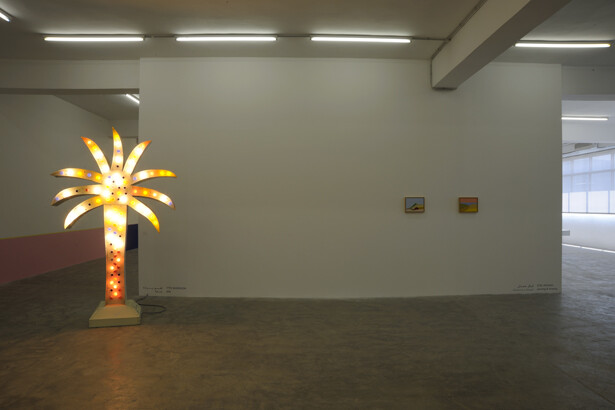
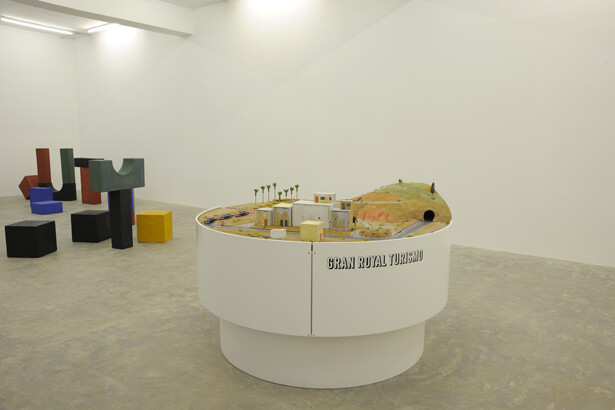
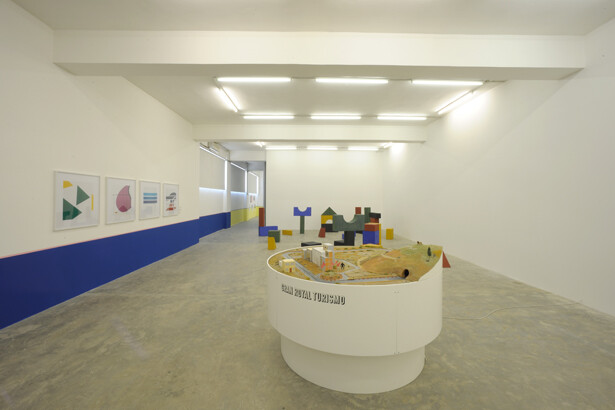
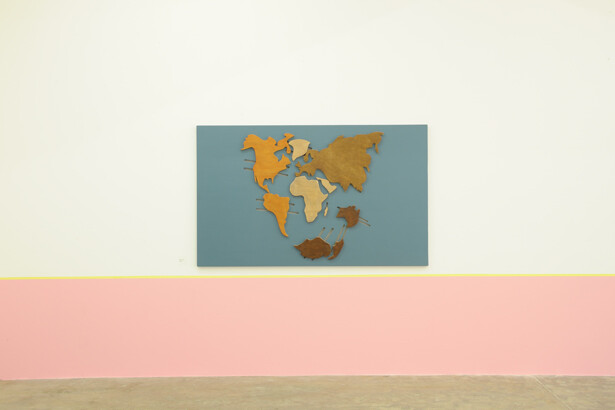
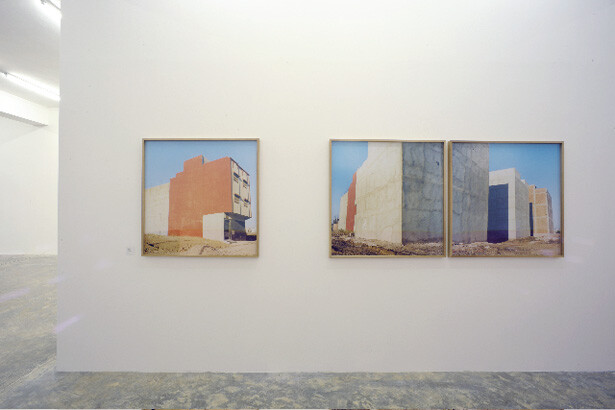

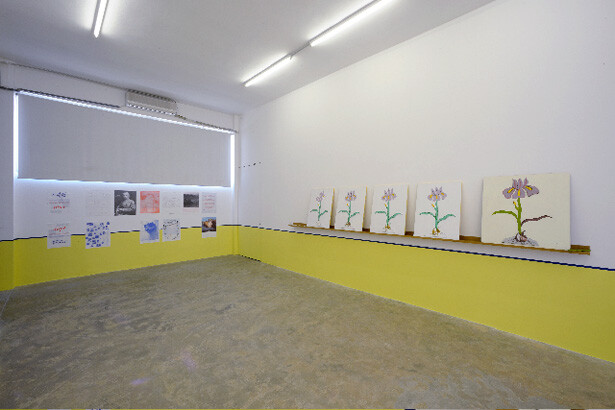
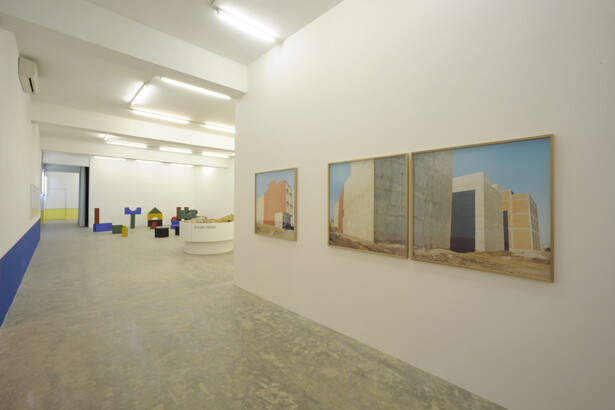
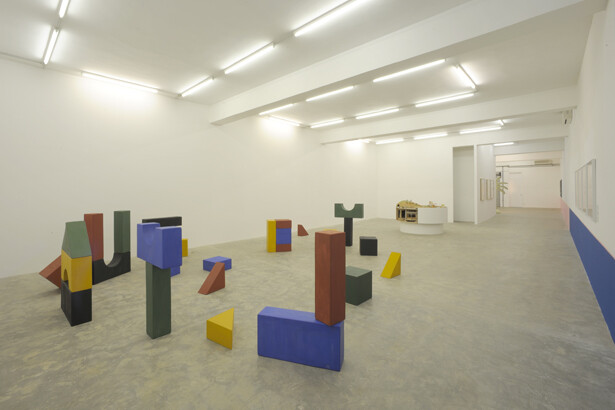
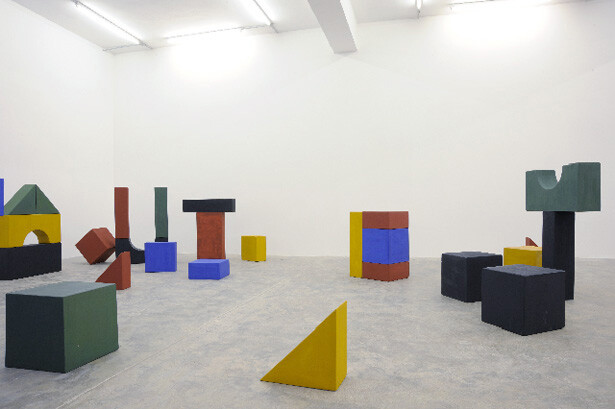
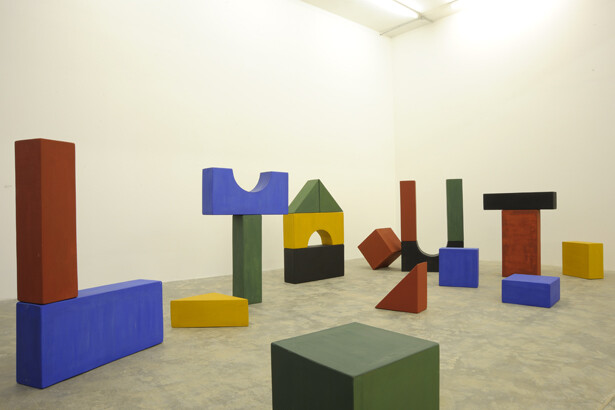
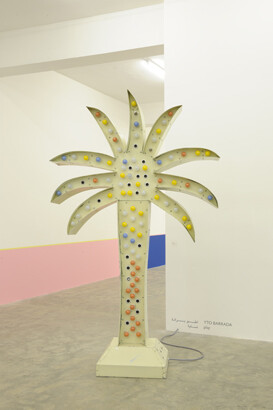


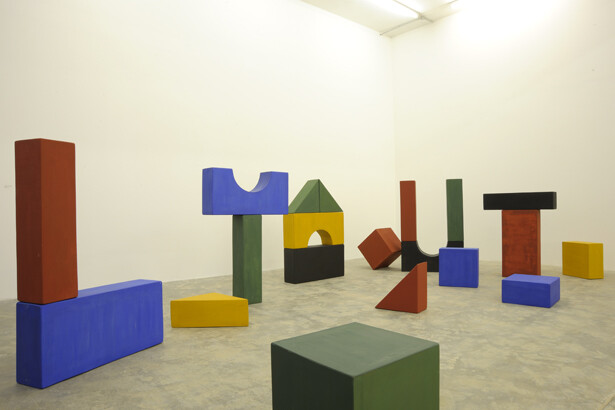

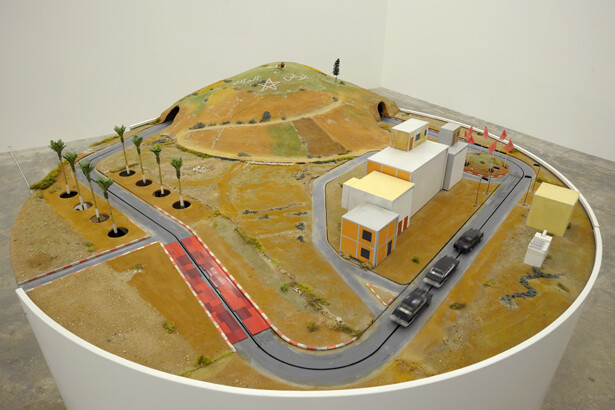
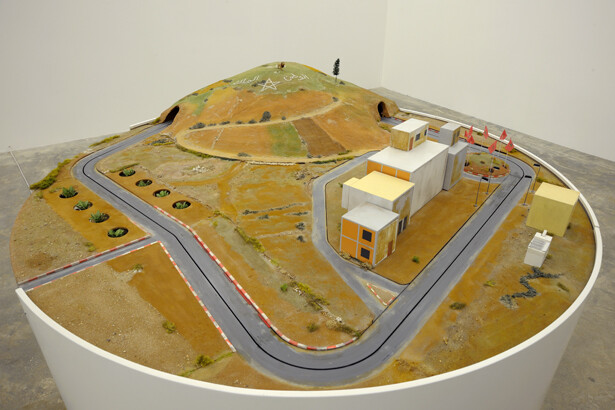
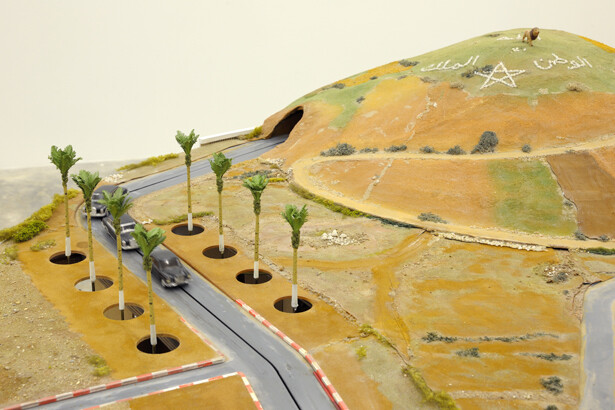
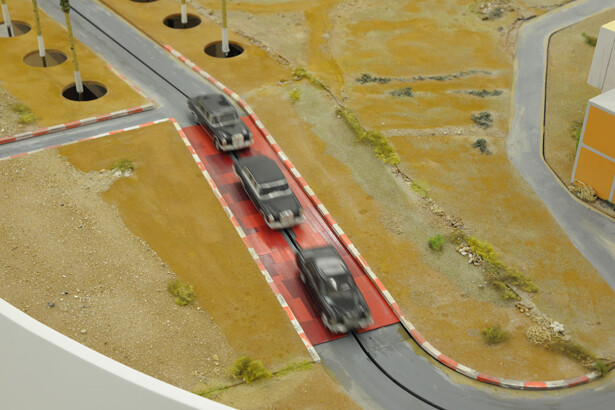
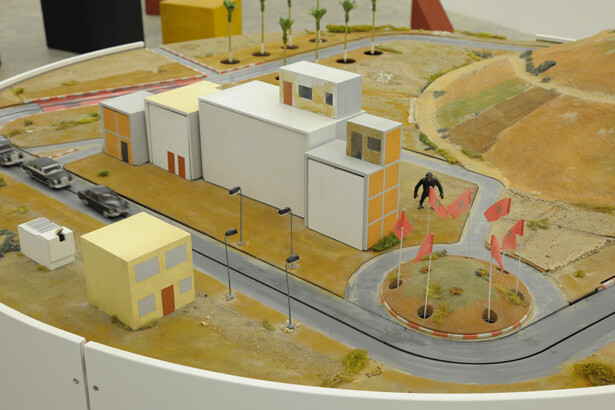
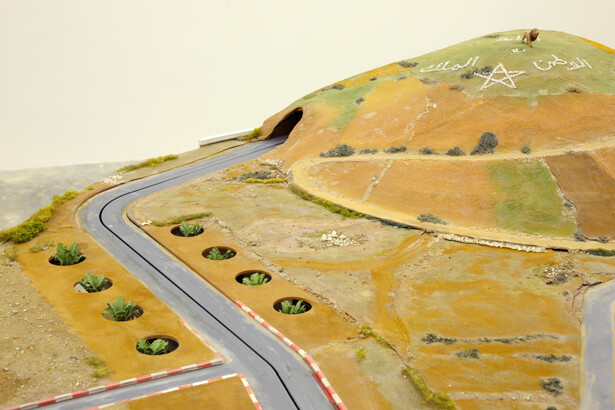

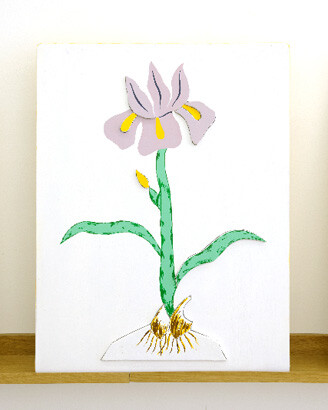
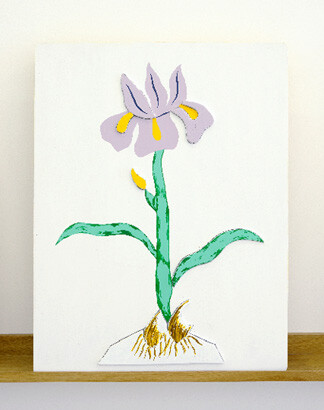
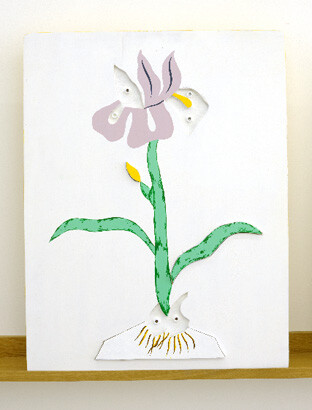

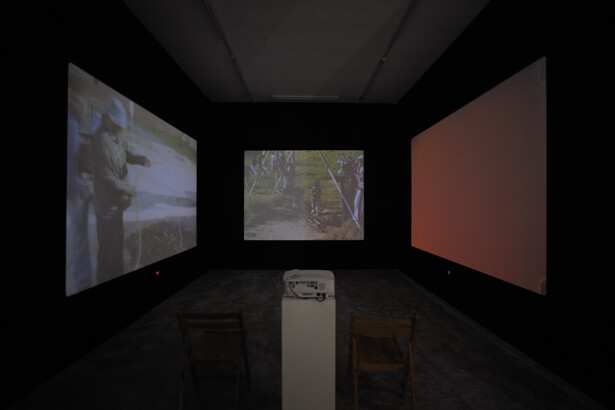
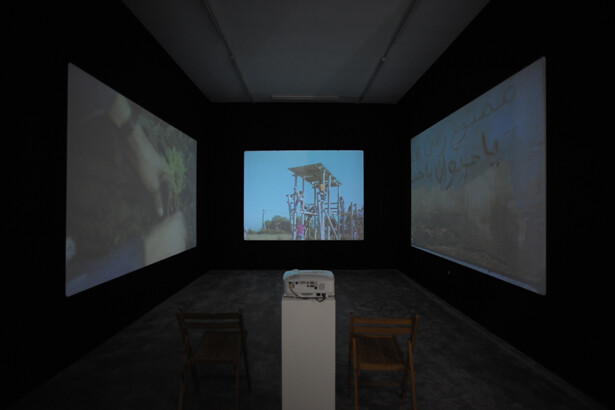
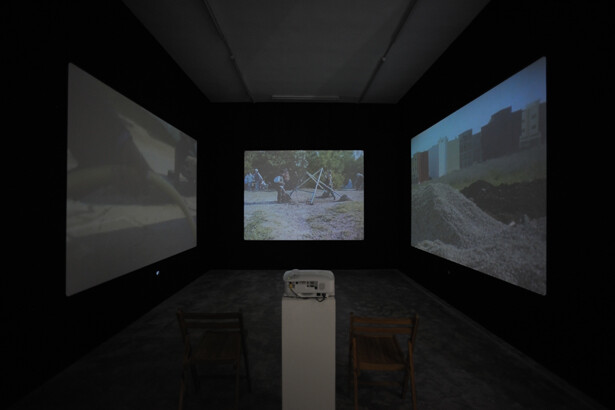
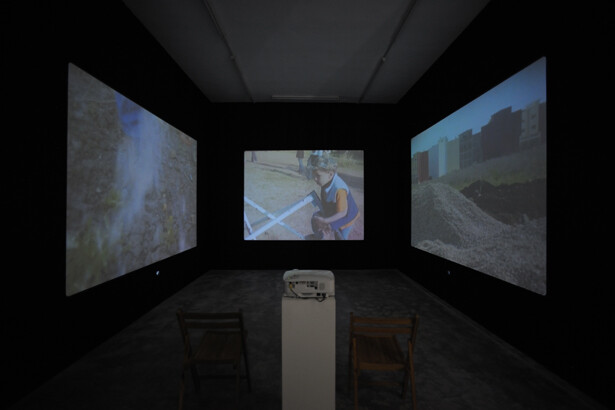
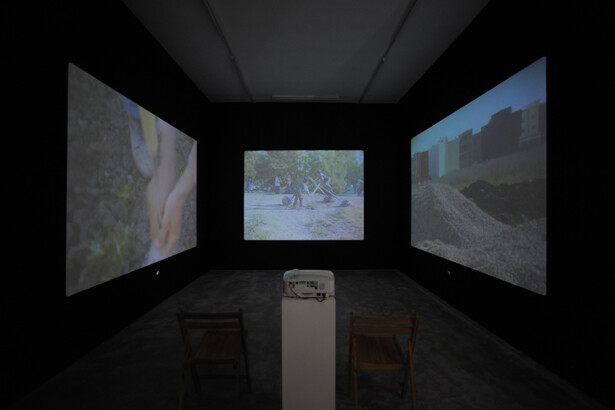

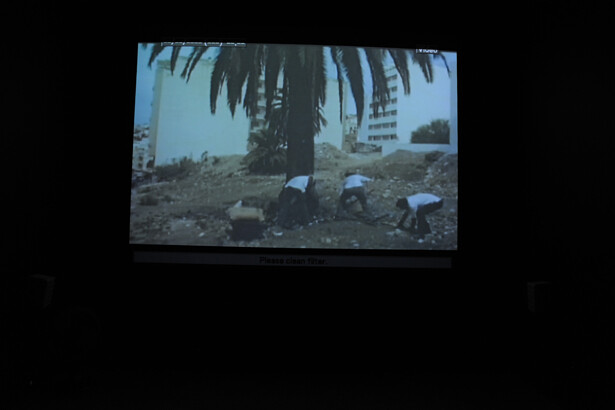
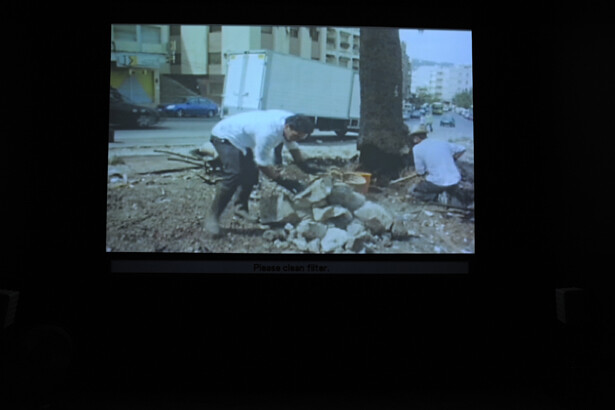
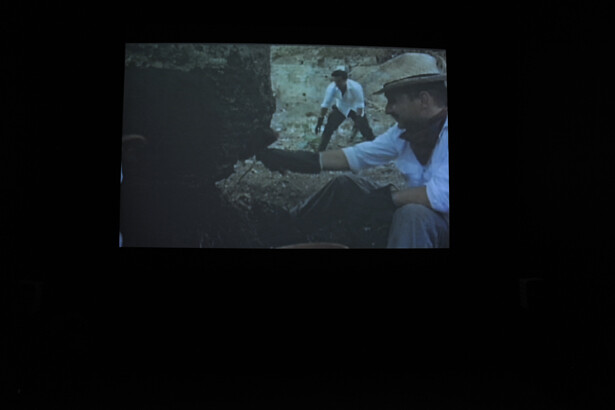
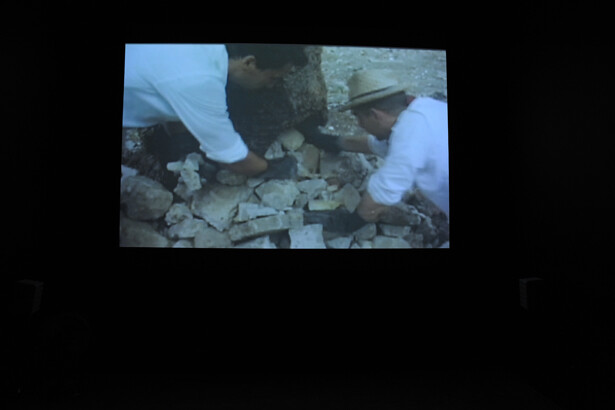
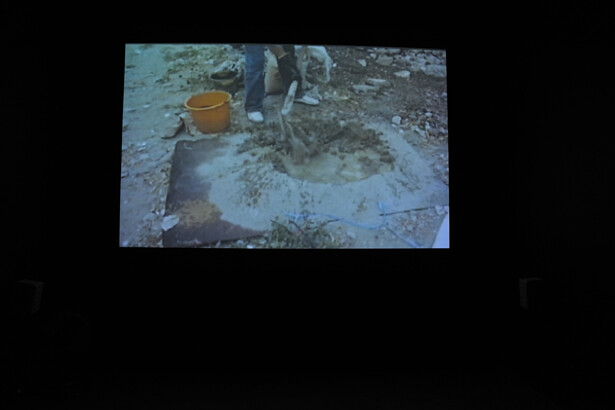

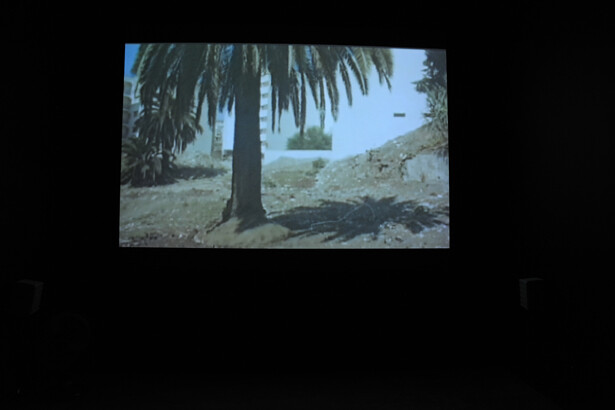
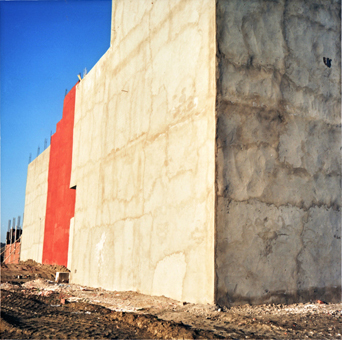
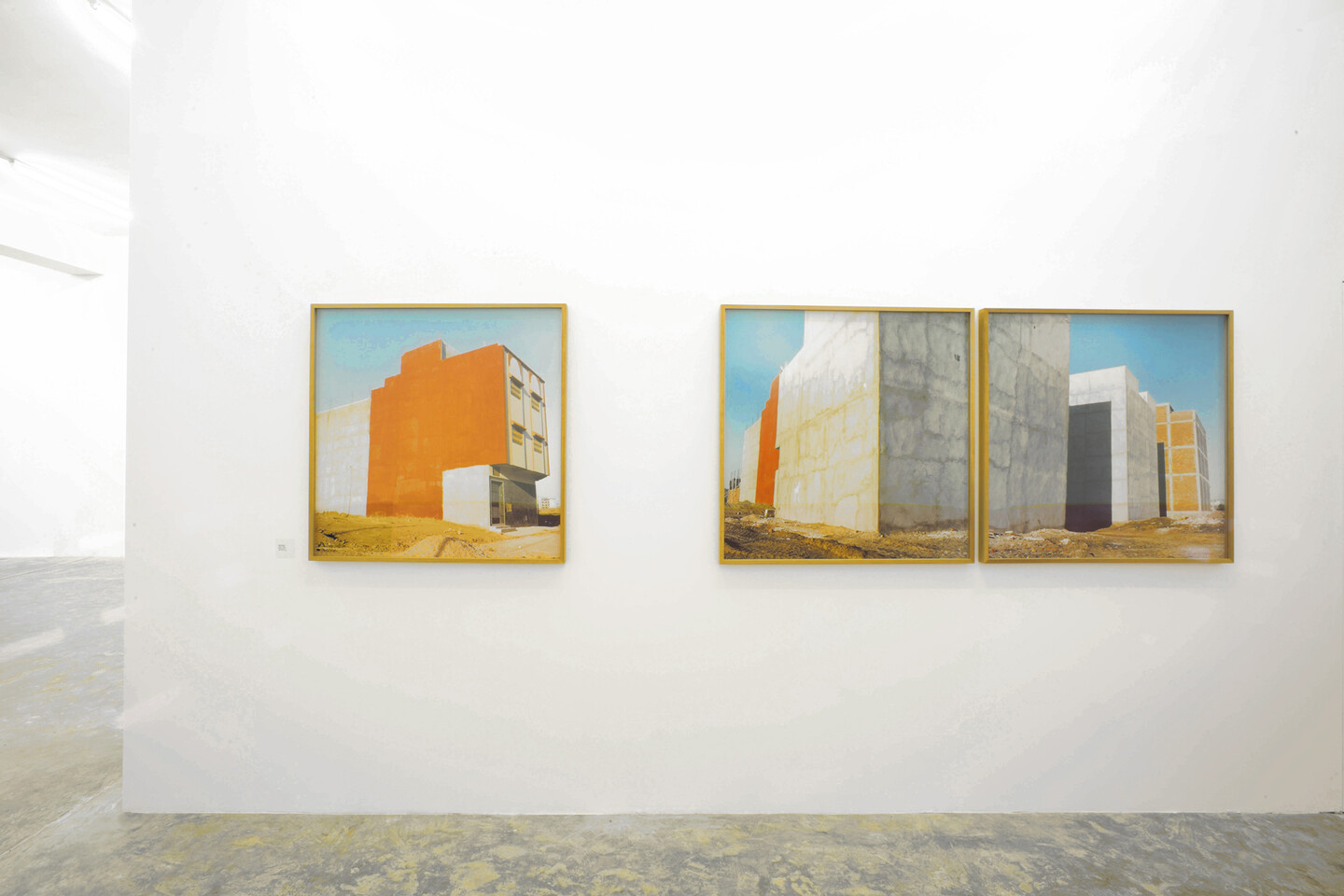
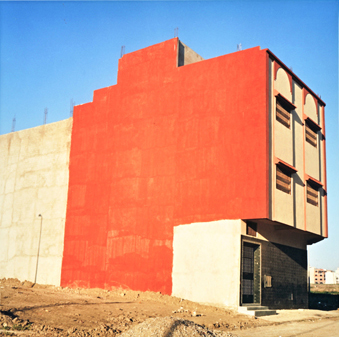
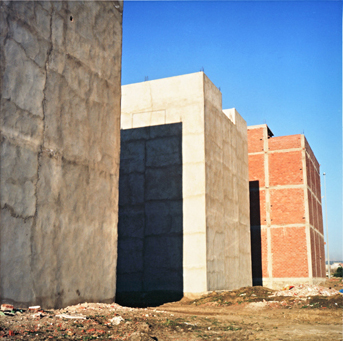
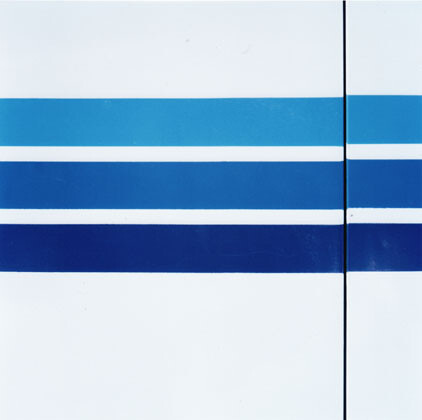
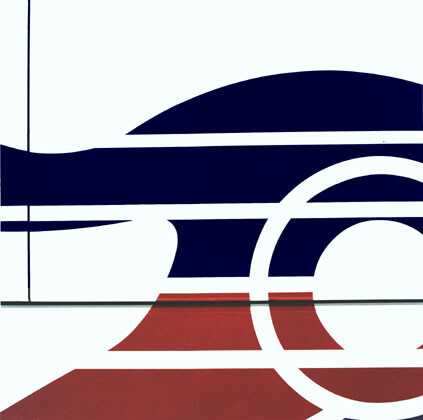


BUS, Yto Barrada, 2003
Figure 1 « French with Moroccan plates. Migrants from Italy, Spain, France. Parked in front of the port near the ticket booth. 4 AM arrival in Tangier, 6 PM departure. Bring biscuits and dates, and plastic bag for shoes. They notice in Spain right away if your shoes are not clean. Bus goes onto Bismillah ferry, room for three small people under the bus. »
Fig.2 « To Barcelona. Sometimes Egyptians are on the bus, not only Nazarenes. It only comes in summer. The guards are paid well and they change three times: one in the morning, one afternoon and one all night. They are always old. They have a television set. Room for two hiding places, one in front and one in the back. »
Fig. 3 « Portugal bus goes direct, no stop. Nazarenes, old and young. Parked in front of the shrimp factory. One guard, but since he’s in charge of the whole area, he can’t check everything all the time. Climb in the middle of the planchas. Those who have papers go inside the bus. »
